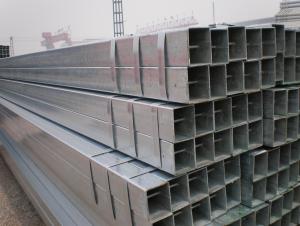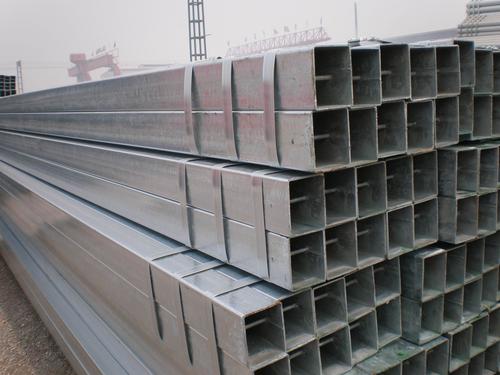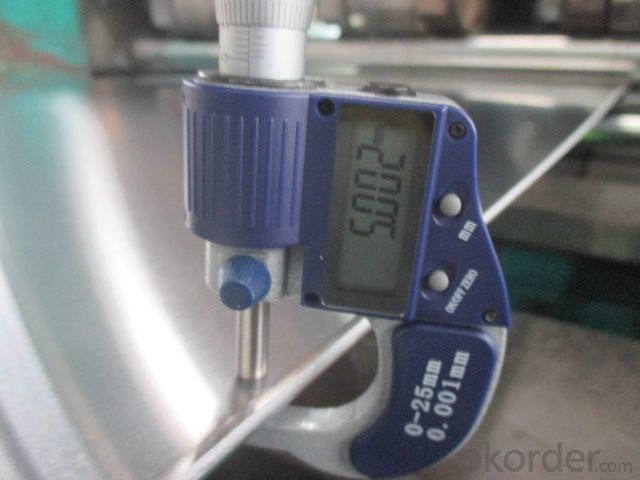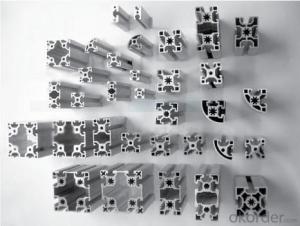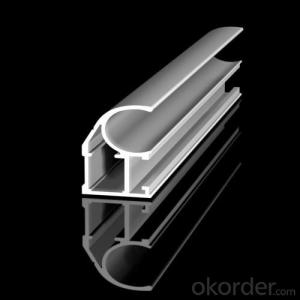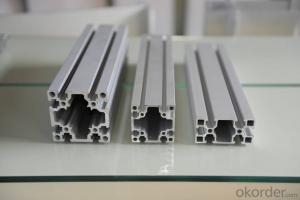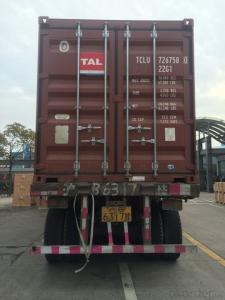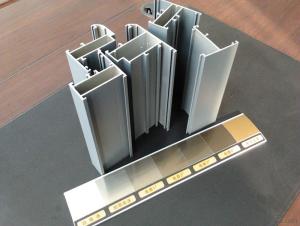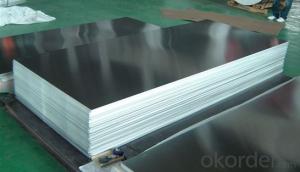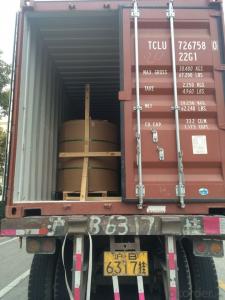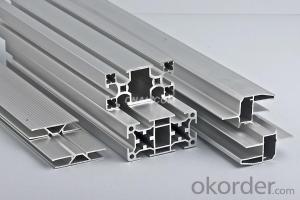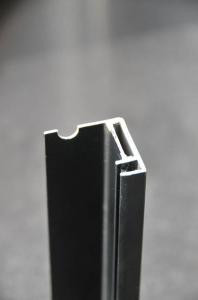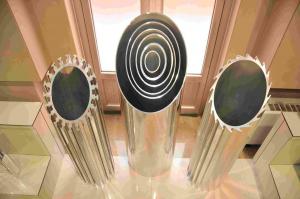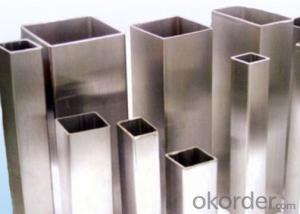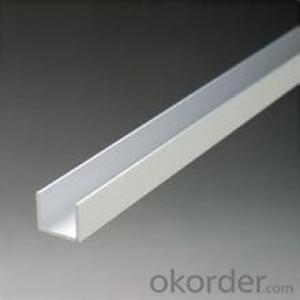Aluminum Profiles for Doors and Windows - Aluminium Sheet with Best Price Stocks Warehouse
- Loading Port:
- Shanghai
- Payment Terms:
- TT or LC
- Min Order Qty:
- 3 m.t.
- Supply Capability:
- 5000 m.t./month
OKorder Service Pledge
OKorder Financial Service
You Might Also Like
1.Structure of Product Description
Cold rolled aluminum sheet is widely used in the field of construction field and decoration field, etc.
There are many different grades, suas: 1000 and 2000 series, 3000 series, 5052,5754,5083,6061,6063,8011, etc.
The temper is include H14, H22, H24,O,F, H44,H112,H114,etc.
2. Main features of the product
a.Competitive price
b.Frist-Class Service.
c. Shortest service.
3. Image.
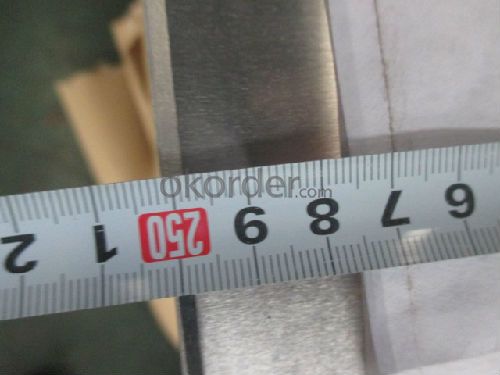
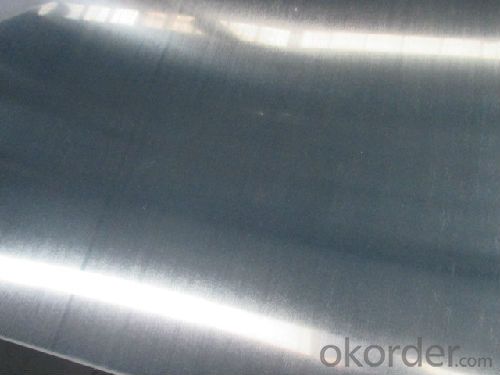
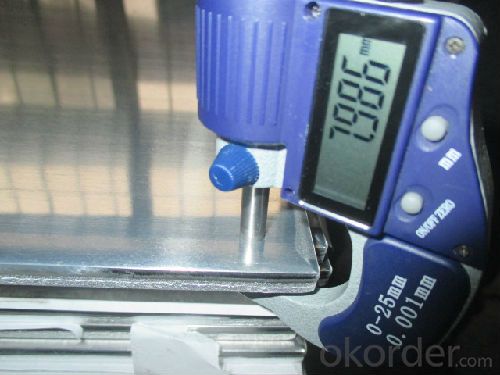
4. Product detailed sizes:
1000mm*2000mm, 1219mm*2440mm,2500mm,1500mm*3000mm, etc.
5. FAQ:
What is the quality standard?
---Usually our standard is GB3880-2006 or others.
What is the width range?
---It is from 600mm to 2500mm, etc.
---Normally it is around 9800 tons totally.
Where is your client from?
---Normally it is from Japan, USA, ENGLISH, SINGAPORE, ETC.
What is your mainly products?
---Normally they are aluminum sheet, checkered sheet, mirror finish aluminium sheet, aluminum casting coil, etc.
- Q: Can aluminum profiles be an alternative to steel or other materials?
- Yes, aluminum profiles can be a viable alternative to steel and other materials in many applications. Aluminum is known for its lightweight nature, corrosion resistance, and excellent strength-to-weight ratio, making it suitable for various industries such as aerospace, automotive, construction, and manufacturing. Additionally, aluminum profiles offer versatility in design and can be easily fabricated and customized to meet specific project requirements.
- Q: This question asks whether aluminum profiles are appropriate for construction in regions with a high risk of earthquakes.
- <p>Aluminum profiles are indeed suitable for use in earthquake-prone areas. They are lightweight, which reduces the overall weight of structures, making them less susceptible to damage from seismic forces. Additionally, aluminum profiles have high ductility and can absorb and distribute seismic energy effectively, enhancing the building's resilience to earthquakes. Their corrosion resistance and durability also contribute to the longevity of structures in such regions. However, it's crucial to ensure that these profiles are properly engineered and installed according to seismic-resistant building codes to maximize their effectiveness.</p>
- Q: Can aluminum profiles be used for industrial workbenches?
- Yes, aluminum profiles can be used for industrial workbenches. Aluminum is a lightweight and durable material that is resistant to corrosion, making it suitable for various industrial applications. Aluminum profiles can be easily customized, allowing for the construction of workbenches with specific dimensions and configurations. Additionally, aluminum profiles are often available in a wide range of sizes and shapes, providing flexibility in design. Overall, the use of aluminum profiles for industrial workbenches can offer strength, versatility, and longevity.
- Q: Household aluminum profiles, which brand of cost-effective? Recommend!
- Cost performance is better, in our Nanshan factory is called a good fight,
- Q: What kinds of profiles are made of aluminium alloy windows?
- If the outer frame is used, slide, slide and seal;Internal fan, then use the upper horizontal, lower horizontal, hook enterprises, light EnterprisesThis is used for ordinary sliding windows and sliding doors. If the window is bright, use the layeringFour open the window, but also in a spell, in fact, there are some materials, but not commonly used, so do not say moreIf you do casement window, it depends on what you want to do,
- Q: Can aluminum profiles be used in solar panel installations?
- Solar panel installations can utilize aluminum profiles, which are favored in construction and engineering due to their lightweight, durability, and resistance to corrosion. These properties make aluminum profiles an ideal material for solar panel installations. Aluminum profiles can be employed to construct robust frames that securely hold solar panels in place. The lightweight nature of aluminum facilitates easy transportation and installation of the panels, reducing overall installation time and cost. Moreover, the corrosion resistance of aluminum ensures that the frames withstand exposure to various weather conditions, making them suitable for both residential and industrial installations. In addition, aluminum profiles can be easily customized and fabricated to meet specific project requirements. They can be extruded into various shapes and sizes, allowing flexibility in designing frames to accommodate different panel dimensions and orientations. Anodizing or powder coating can also be applied to aluminum profiles for added protection against environmental factors and to enhance the installation's aesthetic appeal. To summarize, aluminum profiles are an excellent choice for solar panel installations. Their lightweight nature, durability, resistance to corrosion, and customization options make them suitable for a wide range of applications, ensuring the longevity and efficiency of the solar panel system.
- Q: What are the potential effects on the environment when aluminum profiles are used in the construction of buildings?
- <p>The use of aluminum profiles in building construction has both positive and negative environmental impacts. On the positive side, aluminum is lightweight, which reduces the energy required for transportation and can contribute to a building's energy efficiency. It is also recyclable, with a high recycling rate, which helps to conserve resources and reduce waste. However, the production of aluminum is energy-intensive and generates greenhouse gas emissions. Additionally, the extraction of bauxite, the primary source of aluminum, can lead to deforestation and habitat destruction. The environmental impact of using aluminum profiles in construction must therefore be balanced against these factors.</p>
- Q: What do you mean by aluminum alloy T3-T8? Someone who answers me, thanks a lot
- T3~T8 refers to the heat treatment process code after extrusionAs follows:T3 solid fusion heat treatment, cold processing, and then through the natural aging to the basic state of stabilityThe utility model is suitable for cold working, straightening or leveling to improve the strength after the solid fusion heat treatmentT4The natural aging is basically stable after the heat treatmentApply to solid melting heat treatment, no longer cold processing (can be short, straight and flat, but not affect mechanical performance limit) products
- Q: What are the different welding options available for aluminum profiles?
- Aluminum profiles offer several welding options, each with its own advantages and considerations. The following are the most common methods used: 1. Tungsten Inert Gas (TIG) Welding: TIG welding is widely utilized for aluminum. By using a non-consumable tungsten electrode, it creates a weld while an inert gas shields the area from contamination. TIG welding provides precise control over heat input, resulting in high-quality welds. It is ideal for thin aluminum profiles, giving a clean appearance. However, it can be time-consuming and requires skilled operators. 2. Metal Inert Gas (MIG) Welding: MIG welding, also known as Gas Metal Arc Welding (GMAW), is another popular method for aluminum profiles. It involves a consumable wire electrode that continuously feeds into the weld pool, while an inert gas shield protects the area. MIG welding is faster than TIG welding and suitable for thin and thick aluminum profiles. However, it may produce more spatter and requires proper preparation and selection of shielding gas. 3. Friction Stir Welding (FSW): Friction stir welding is a solid-state joining process that utilizes a rotating tool to generate heat and mechanically stir the aluminum profiles together. FSW is particularly suitable for thick aluminum profiles, offering high joint strength, fatigue resistance, and minimal distortion. However, it necessitates specialized equipment and may not be applicable to all profile shapes. 4. Laser Beam Welding (LBW): Laser beam welding employs a highly concentrated laser beam to melt and join aluminum profiles. It creates a narrow and deep weld with minimal heat input, resulting in low distortion and high welding speeds. LBW is suitable for both thin and thick profiles, but it requires costly equipment and skilled operators. 5. Resistance Spot Welding (RSW): Resistance spot welding utilizes electrical current and pressure to create welds by melting and joining aluminum profiles at specific points. RSW is commonly used for thin aluminum profiles, providing high productivity and repeatability. However, it requires access to both sides of the profiles and may leave visible marks on the surface. To determine the most suitable welding method for your aluminum profile project, it is crucial to consider specific requirements such as profile thickness, joint type, appearance, and production volume. Seeking advice from a welding professional or engineer can ensure the best choice for your specific application.
- Q: This question asks for a list of various aluminum profiles that are specifically designed or used for roofing systems in regions with cold climates.
- <p>In cold climates, aluminum profiles for roofing systems are selected for their durability, strength, and resistance to harsh weather conditions. Common types include: 1. Standing Seam Profiles: These are popular for their weather-tightness and resistance to snow and ice. 2. Trapezoidal Profiles: Known for their strength and ability to handle heavy snow loads. 3. Box Rib Profiles: These provide excellent structural integrity and are suitable for areas with high wind uplift. 4. Snap-Lock Profiles: Easy to install and offer good resistance to snow and ice. 5. Corrugated Profiles: Provide a traditional look while being cost-effective and offering good drainage. 6. Panel Rib Profiles: These are designed for long spans and can withstand heavy snowfall. Each profile has specific applications and advantages, and the choice depends on the specific roofing requirements and local climate conditions.</p>
Send your message to us
Aluminum Profiles for Doors and Windows - Aluminium Sheet with Best Price Stocks Warehouse
- Loading Port:
- Shanghai
- Payment Terms:
- TT or LC
- Min Order Qty:
- 3 m.t.
- Supply Capability:
- 5000 m.t./month
OKorder Service Pledge
OKorder Financial Service
Similar products
Hot products
Hot Searches
Related keywords
